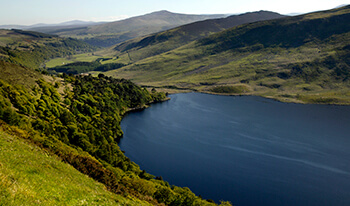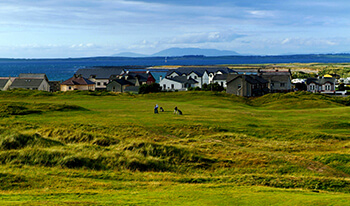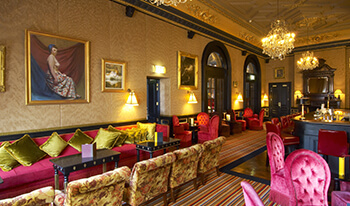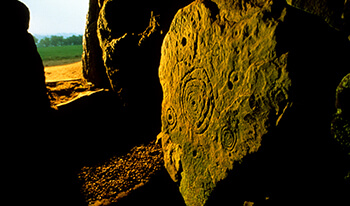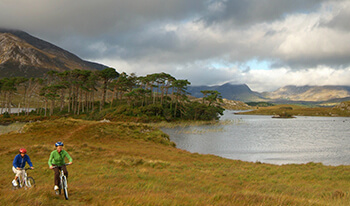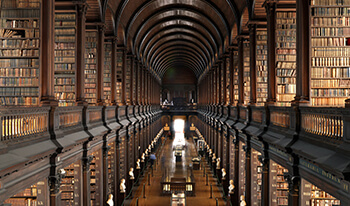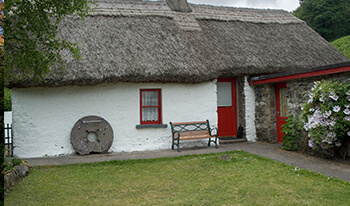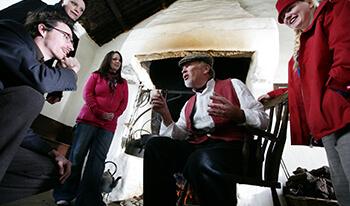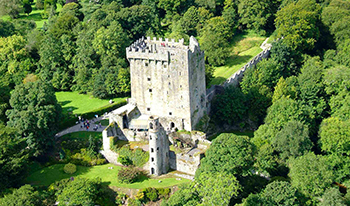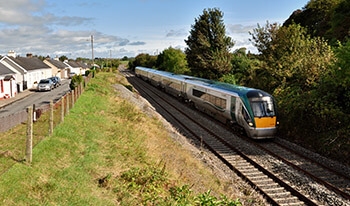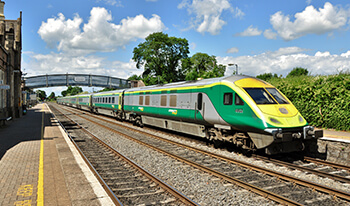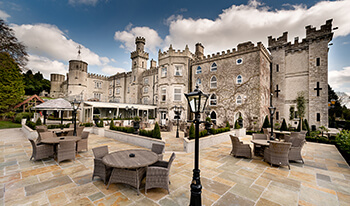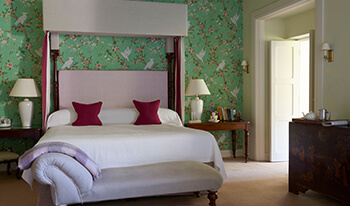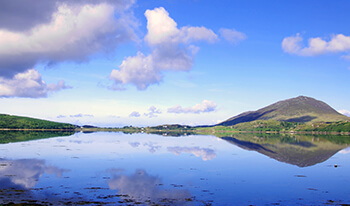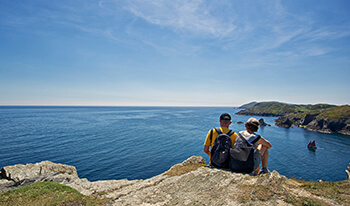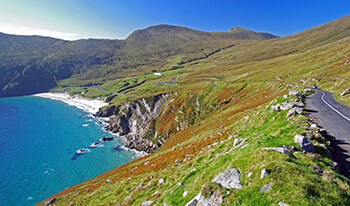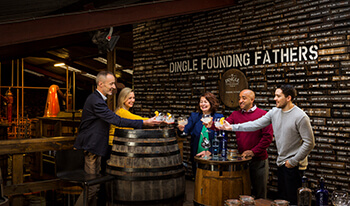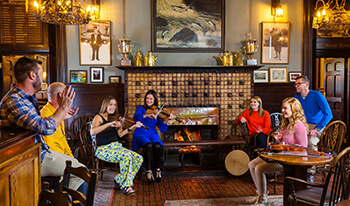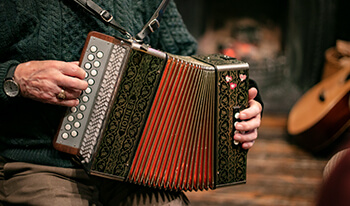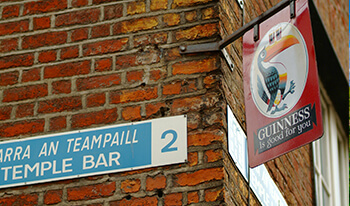Galway is the only city in the province of Connacht in Ireland. In Irish, Galway is also called Cathair na Gaillimhe: "City of Galway". Galway city also has a reputation amongst Irish cities for being associated with the Irish language, music, song and dancing traditions - it is sometimes referred to as the 'Bilingual Capital of Ireland'.
The city takes its name from the Gaillimh river (River Corrib) that formed the western boundary of the earliest settlement, which was called Dún Bhun na Gaillimhe, or the fort at the bottom of the Gaillimh. The word Gaillimh means "stony" as in "stony river". (the mythical and alternative derivations are given in History of Galway.) The city also bears the nickname City of the Tribes / Cathair na dTreabh, because “Tribes” (merchant families) led the city in its Hiberno-Norman period. The term Tribes was originally a derogatory phrase from Cromwellian times. The merchants would have seen themselves as English nobility, and hence were loyal to the King. Their uncertain reaction to the siege of Galway by Cromwellian forces earned them this label, which they subsequently adopted in defiance. It is one of the constituent cities of the Cork-Limerick-Galway corridor with a population of 1 million people.
Dún Bhun na Gaillimhe (“Fort at the Mouth (bottom) of the Gaillimh”) was constructed in 1124, by the King of Connacht, Tairrdelbach Ua Conchobair (1088-1156). A small settlement eventually grew up around this fort. During the Norman invasion of Connacht in the 1230s, Galway fort was captured by Richard Mor de Burgh, who had led this invasion. As the de Burghs eventually became gaelicised, the merchants of the town - the Tribes of Galway - pushed for greater control over the walled city. This led to them gaining complete control over the city and the granting of mayoral status by the English crown in December 1484. Galway endured difficult relations with its Irish neighbours. A notice over the west gate of the city, completed in 1562 by Mayor Thomas Oge Martyn fitz William, stated “From the Ferocious O'Flahertys may God protect us”. A bye-law forbade the native Irish (as opposed to Galway’s Hiberno-Norman citizens) unrestricted access into Galway, saying “neither O’ nor Mac shall strutte nor swagger through the streets of Galway” without permission. During the Middle Ages, Galway was ruled by an oligarchy of fourteen[1] merchant families (12 of Norman origin and 2 of Irish origin). These were the “tribes” of Galway. The city thrived on international trade. In the Middle Ages, it was the principal Irish port for trade with Spain and France. Christopher Columbus is known to have visited Galway, possibly stopping off on a voyage to Iceland or the Faroe Islands. He noted in the margin of one of his books that he had found evidence of land beyond the Atlantic Ocean in or near Galway in 1477.[3] During the 16th and 17th centuries Galway remained loyal to the English crown for the most part, even during the Gaelic resurgence, perhaps for reasons of survival, yet by 1642 the city allied itself with the Catholic Confederation of Kilkenny during the Wars of the Three Kingdoms. During the resulting Cromwellian conquest of Ireland Cromwellian forces captured the city after a nine month siege. At the end of the 17th century the city supported the Jacobites in the Williamite war in Ireland (it supported King James II of England against William of Orange) and was captured by the Williamites after a very short siege not long after the Battle of Aughrim in 1691. The great families of Galway were ruined, the city declined, and it did not fully recover until the great economic boom of the late twentieth century.
